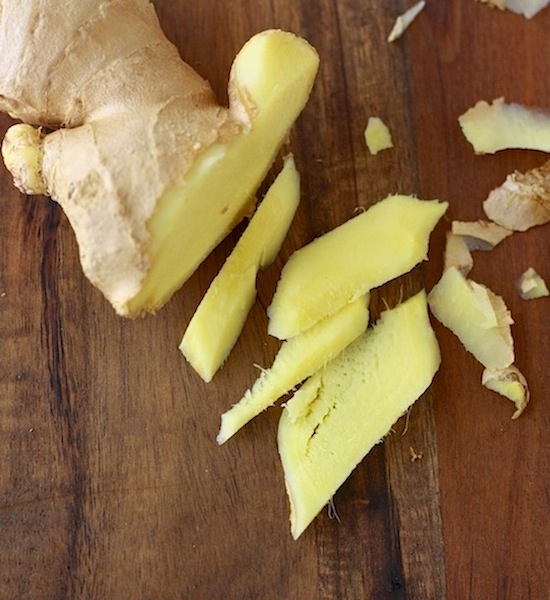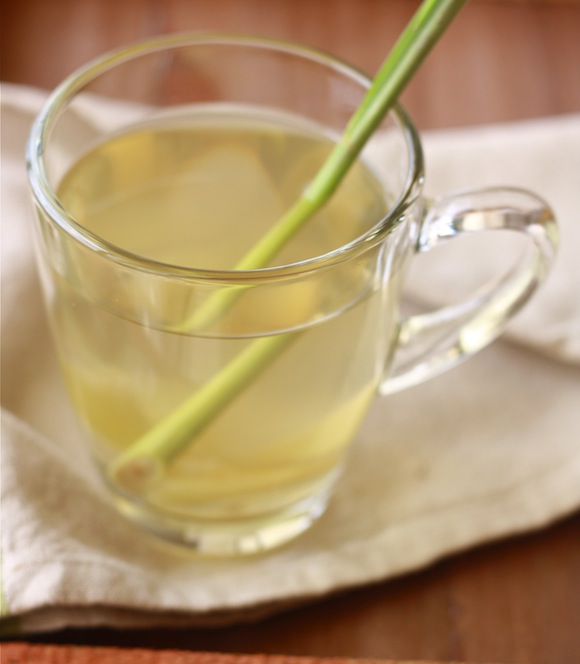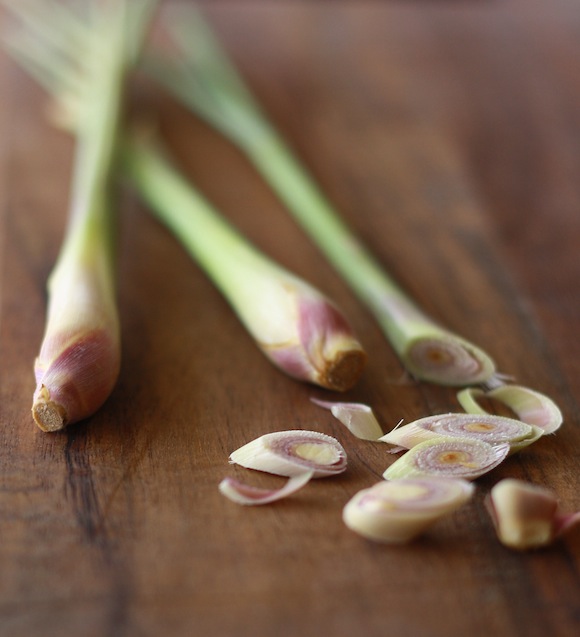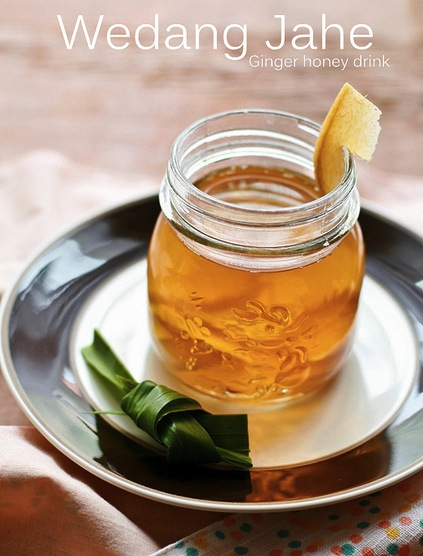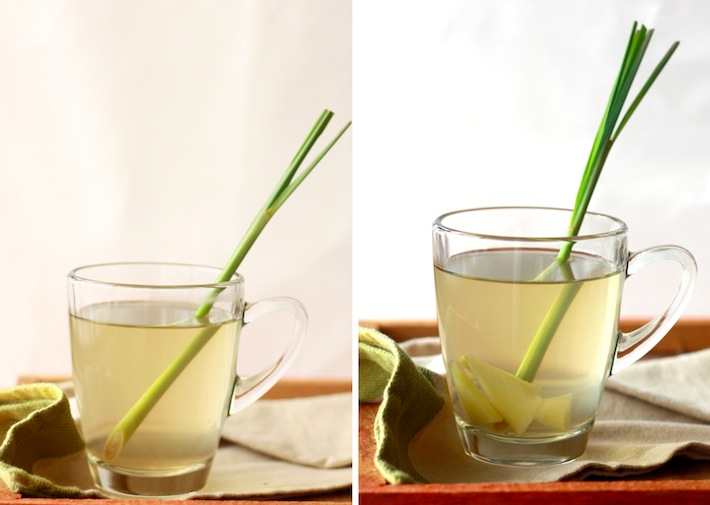Learn enough about the health benefits of ginger, and you’ll start eating the spice raw.
Initially being repulsed by the very pungent, spicy bite of fresh ginger – only enjoying ginger in ground form sprinkled into cookie batter or in the mostly artificial flavor of ginger ale – I am now completely addicted to the crunchy, fibrous rhizome.
That’s because of the active compound in ginger called gingerol, which puts that burn on your tongue. If you try eating ginger raw, you’ll taste that burn, that gingerol, at its highest potency. The compound can benefit the body in some amazing ways, from potentially suppressing cancer cells to strengthening the GI tract to lowering cholesterol. But it is ginger’s more common, flu-fighting health benefits - proven in both Western and Chinese medicine - that suddenly made me crave its powerful flavor.
If you’re suffering from a cold or flu, ginger is the spice for you. Ginger may soothe a sore throat and suppress a cough, settle an upset stomach, clear sinus and chest congestion, and reduce nausea. The effects are immediate, and it won’t make you drowsy.
Ginger may even prevent an oncoming cold or flu by strengthening your immune system. Every year, it has become a tradition that I experience a long-lasting cold that hits me in late fall, but this year when the symptoms began, I took a few servings of ginger and the cold was gone in a day. One of the many reasons I now have a taste for the spice.
To make raw ginger palatable, and to still reap its many health benefits, ginger is usually served in the form of hot tea. The raw ginger is first peeled and then steeped to extract the gingerol. To neutralize the spiciness and make the tea more appetizing, a sweetener and a flavor are added, such as honey and lemon. Honey has many of its own heath properties, and we all know that lemon is packed with Vitamin C. But for the ultimate cold remedy, I replaced the lemon with Lemongrass (an amazing spice that will be discussed soon on Season with Spice).
Ginger tea is a popular drink, and traditional cold remedy, throughout Asia.
In Indonesia, where ginger tea is called Wedang Jahe, the drink is normally sweetened with either coconut, palm, or rock sugar (or honey), and flavored with pandan leaves. A recipe shared by Ira in Bali, who recalls her mother preparing it for her as a young girl to soothe her anxiety about the coming of the monsoon season.
And by Pepy from Java, who prepares the drink with the addition of her favorite spice cinnamon, whenever she feels the initial symptoms of a cold.
For the Indonesian ginger tea recipes, visit Ira at Cooking Tackle and Pepy at Indonesia Eats.
Lemongrass Ginger Tea recipe by Season with Spice
Serves 2
Ingredients:
1 knob of fresh ginger - peeled and sliced
3 cups of water
2 stalks of lemongrass, white inner part only - crush the bulb end of the stalks with the blunt edge of your knife and slice thinly
Honey or stevia to sweeten (optional)
Process:
1. Add water, ginger, and lemongrass to a small pot, and bring it to a boil. Turn the heat off and let steep for 15-20 minutes.
2. Strain out lemongrass and ginger pieces (you can eat the ginger pieces if you’re up for a little burn). Add sweetener to two cups, and pour in tea.
Notes:
- Try ginger tea steeped with lemon, lime, or orange peel, or different spices and herbs. If you can find Chinese Brown Sugar at an Asian grocery store, try mixing the rich, caramel-like sugar into your ginger tea (a traditional Chinese cold remedy).
- The outer green stalk of lemongrass is bitter compared to the sweet, fragrant inner white part, so it best left out when making tea (but okay as a garnish)
Serves 2
Ingredients:
1 knob of fresh ginger - peeled and sliced
3 cups of water
2 stalks of lemongrass, white inner part only - crush the bulb end of the stalks with the blunt edge of your knife and slice thinly
Honey or stevia to sweeten (optional)
Process:
1. Add water, ginger, and lemongrass to a small pot, and bring it to a boil. Turn the heat off and let steep for 15-20 minutes.
2. Strain out lemongrass and ginger pieces (you can eat the ginger pieces if you’re up for a little burn). Add sweetener to two cups, and pour in tea.
Notes:
- Try ginger tea steeped with lemon, lime, or orange peel, or different spices and herbs. If you can find Chinese Brown Sugar at an Asian grocery store, try mixing the rich, caramel-like sugar into your ginger tea (a traditional Chinese cold remedy).
- The outer green stalk of lemongrass is bitter compared to the sweet, fragrant inner white part, so it best left out when making tea (but okay as a garnish)



